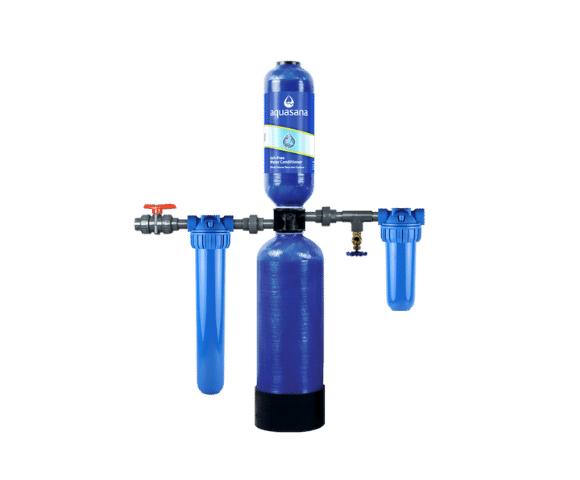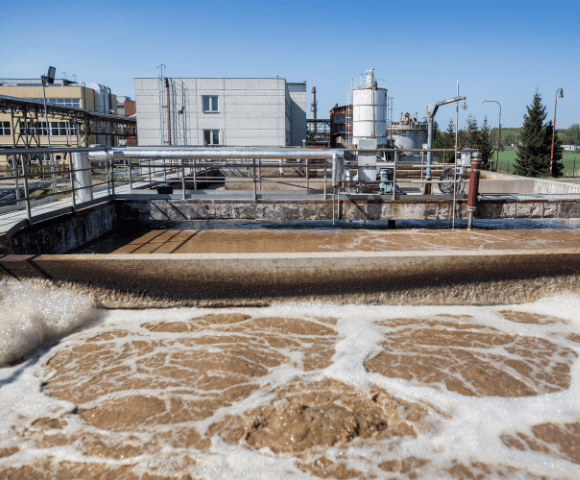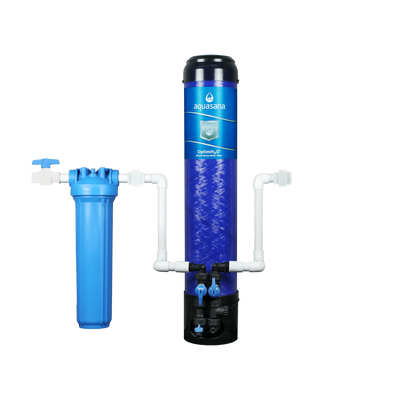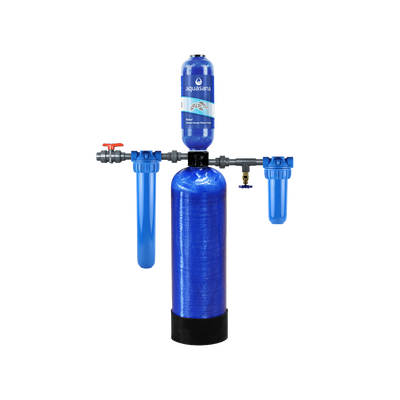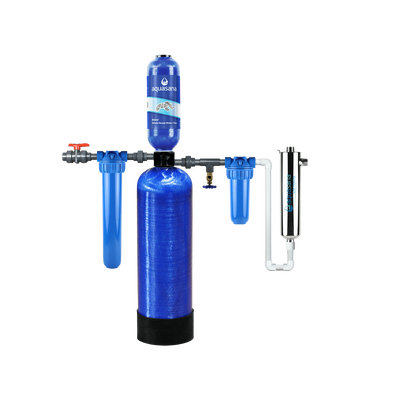Water delivery
Supply, processing, and distribution of water are the three critical components in delivering those liquid globules from their source into that fancy shower head with the amazing water pressure. If any of these pieces of water infrastructure is affected along the way, it can present a threat to the broader system, so it’s helpful to understand the systems your water is passing through after it leaves the treatment plant.
There are two major pipe systems that deliver water to your sink: main lines and services lines. Main lines are pipes maintained and controlled by cities and municipalities. They bring water from treatment plants to the property lines of individual residences. Service line pipes connect to these municipal lines and bring water up to and inside homes, and these pipes are the homeowner’s responsibility to maintain. It’s important to understand the differences between the two kinds of pipes in order to further understand where and how your home’s water can be affected by that very series of serpentine series of metal tubes. Most main lines in the U.S. no longer contain lead pipes, but replacing and updating household pipes falls to the homeowner, who may or may not have the money for replacement or the desire to deal with construction in their home.
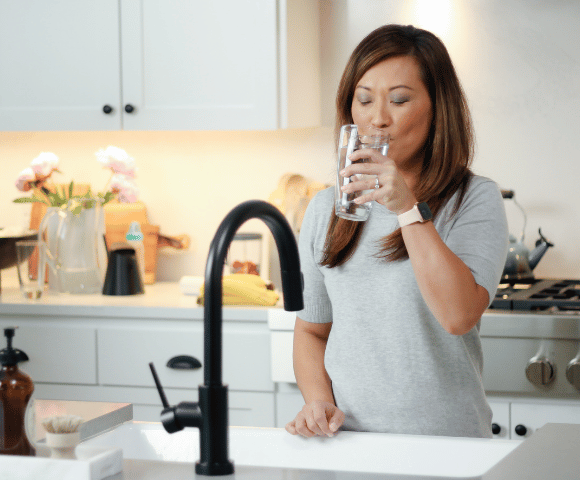
Lead pipes: the danger beneath
The phrase “lead pipes” may sound outdated, but unfortunately, they’re not entirely in society’s rearview mirror. In fact, many houses built before 1984 still have lead pipes or lead soldering in their service lines.
Unfortunately, many of the elements that travel through water pipes can also corrode lead — yes, even water. Acidity, alkalinity, and water’s oxygen molecules can increase lead levels in the water. And since extreme weather can send many new water contaminants into the supply and affect its content, lead levels in the water can fluctuate as it travels into your home. Vox recently reported, “Water is naturally corrosive — its oxygen molecule will break down lead piping. Then the lead will seep into the water source. If utilities don’t carefully balance water chemistry and treatment methods, tainted water can enter a community water system.”
Last stop: protecting your household water
It might be disheartening hearing that water treatment can’t protect consumers from every possible thing that may enter a complicated system, but there are some steps citizens can take to protect themselves and at least stop contributing to the problem. For one, don’t dispose of excess medications by flushing them down the toilet. Many pharmacies have take back programs, and can dispose of them properly for you, sometimes for a small free. Use a water filter or water filtration system in your home. Carbon filters have shown effectiveness in removing pharmaceuticals from wastewater, but can be cost prohibitive for cities to purchase for wide usage. There are, however, many direct to consumer carbon filters, and they’re at least another layer of defense. Ideally, get one that’s certified by NSF. Finally, if you live in an older home and it’s cost-effective for you, look into the piping in your home and its service lines. And if you find lead piping and an affordable way to fix it, get that done, just for peace of mind.
WHOLE HOUSE WATER FILTER
Rhino®
High-performance water filtration system reduces 97% of chlorine and more from every tap in your home for 1,000,000 gallons or 10 years.
